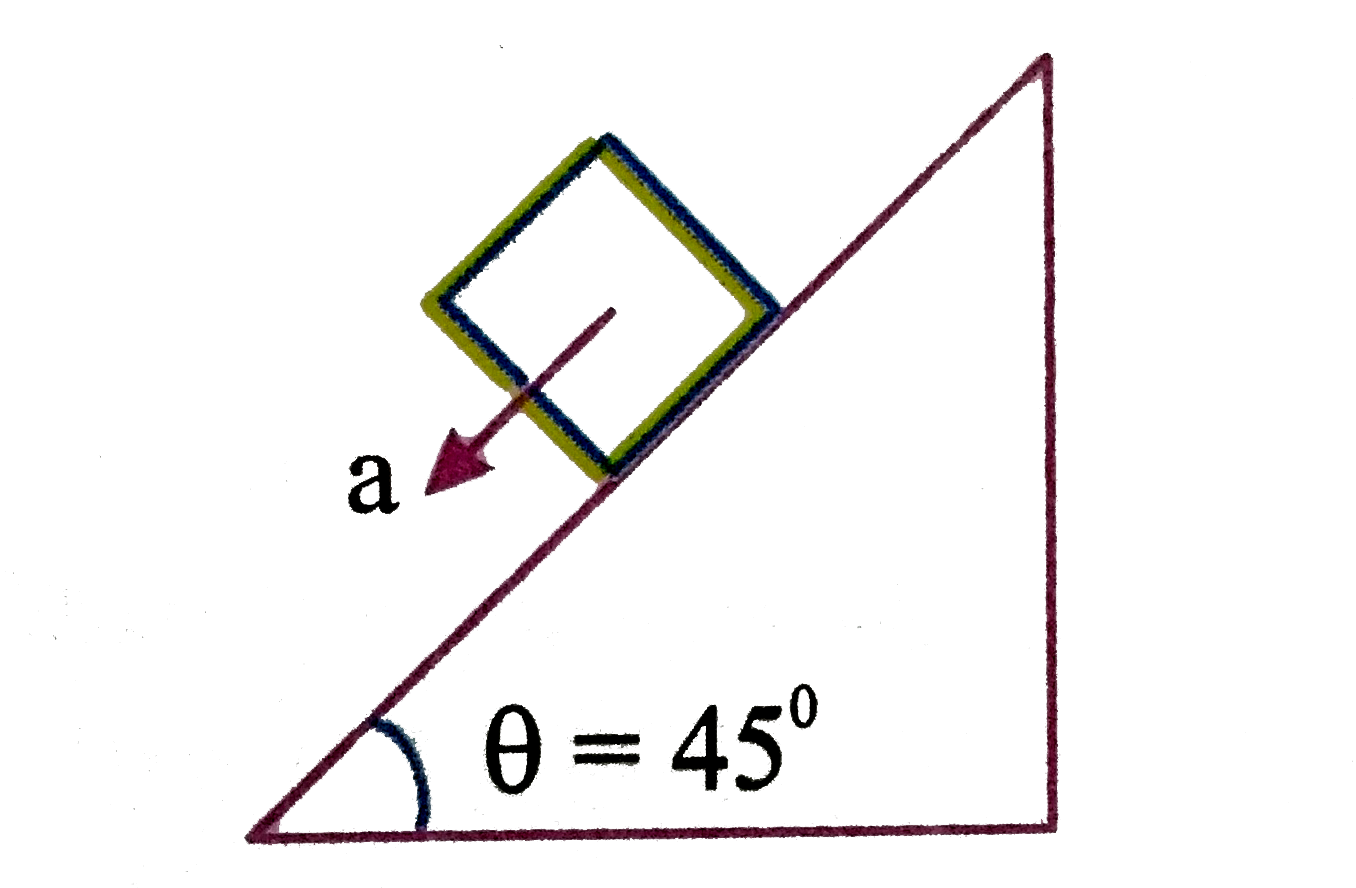Galileo's law of odd number: The distances traversed, during equal intervals of time, by a body falling from rest, stand to one another in the same ratio as the odd number beginning with unity [namelly, 1:3:5:7....]. Prove it.
If both assertion & Reason are True & the Reason is a corrrect explanation of the Asserion.
If both Assertion & Reason are True but Reason is not correct explanation of the Assertion.
If Assertion is Trie but the Reason is False.
If both Assertion & Reason are false
The correct Answer is:C
Step by step video & image solution for Galileo's law of odd number: The distances traversed, during equal intervals of time, by a body falling from rest, stand to one another in the same ratio as the odd number beginning with unity [namelly, 1 : 3 :5 : 7....]. Prove it. by Physics experts to help you in doubts & scoring excellent marks in Class 12 exams.
Updated on:21/07/2023Topper's Solved these Questions
- MOTION IN A PALNEBOOK - ALLENCHAPTER - MOTION IN A PALNEEXERCISE - SOLVED EXAMPLE
28 Videos
- MOTION IN A PALNEBOOK - ALLENCHAPTER - MOTION IN A PALNEEXERCISE - EXERCISE-2
170 Videos
- KINEMATICS-2DBOOK - ALLENCHAPTER - KINEMATICS-2DEXERCISE - Exercise (O-2)
46 Videos
- NEWTON'S LAWS OF MOTION & FRICTIONBOOK - ALLENCHAPTER - NEWTON'S LAWS OF MOTION & FRICTIONEXERCISE - EXERCISE (JA)
4 Videos
Similar Questions
Prove that the distances traversed during equal intervals of time by a body falling from rest, stand to one another in the same ratio as the odd numbers beginning with unity [namely 1: 3: 5: …………….].
View SolutionGalileo's law of odd number: The distances traversed, during equal intervals of time, by a body falling from rest, stand to one another in the same ratio as the odd number beginning with unity [namelly, 1:3:5:7....]. Prove it.
View Solution
Knowledge Check
When body slides down from rest along smooth inclined plane making angle of 45∘ with the horizontal, it takes time T When the same body slides down from rest along a rough inclined plane making the same angle and through the same distance it is seen to take time pT, where p is some number greater that 1. Calculate late the coefficient of friction beween the body and the rough plane.
 .A1/PBμ=(1−1/p2)C1/p2D2-p
.A1/PBμ=(1−1/p2)C1/p2D2-pWhen a body slides down from rest along a smooth inclined plane making an angle of 30∘ with the horizontal, it takes time 20s. When the same body slides down from rest along a rough inclined plane making the same angle and through the same distance, it takes time 20p is, where p is some number greater than 1. The coefficient of friction between the body and the rough plane is
Aμ=(1−1p2)1√3Bμ=(1−19p2)Cμ=(1−p2)1√3Dμ=√1−9p2
The sequence of odd natural numbers is divided into groups 1,3,5,7,9,11,…. and so on. Show that the sum of the numbers in nth group is n3.
View SolutionWhich one of the following is the smallest odd whole number? (a) 0 (b) 1 (c) 3 (d) 5
View SolutionAlong a road lies an odd number of stones placed at intervals of 10 m. These stones have to be assmbled around the middle stone. A person can carry only one stone at a time. A man carried out the job starting with the stone in the middle, carrying stones in succession, thereby covering a distance of 4.8km. find the number of stones
View SolutionTotal number of four digit odd numbers that can be formed by using 0,1,2,3,5,7 are
View SolutionWhen body slides down from rest along smooth inclined plane making angle of 45∘ with the horizontal, it takes time T When the same body slides down from rest along a rough inclined plane making the same angle and through the same distance it is seen to take time pT, where p is some number greater that 1. Calculate late the coefficient of friction beween the body and the rough plane.
 .
.
View SolutionAlong a road lie an odd number of stones placed at intervals of 10 metres. These stones have to be assembled around the middle stone. A person can carry only one stone at a time. A man carried the job with one of the end stones by carrying them in succession. In carrying all the stones he covered a distance of 3 km. Find the number of stones.
View Solution
